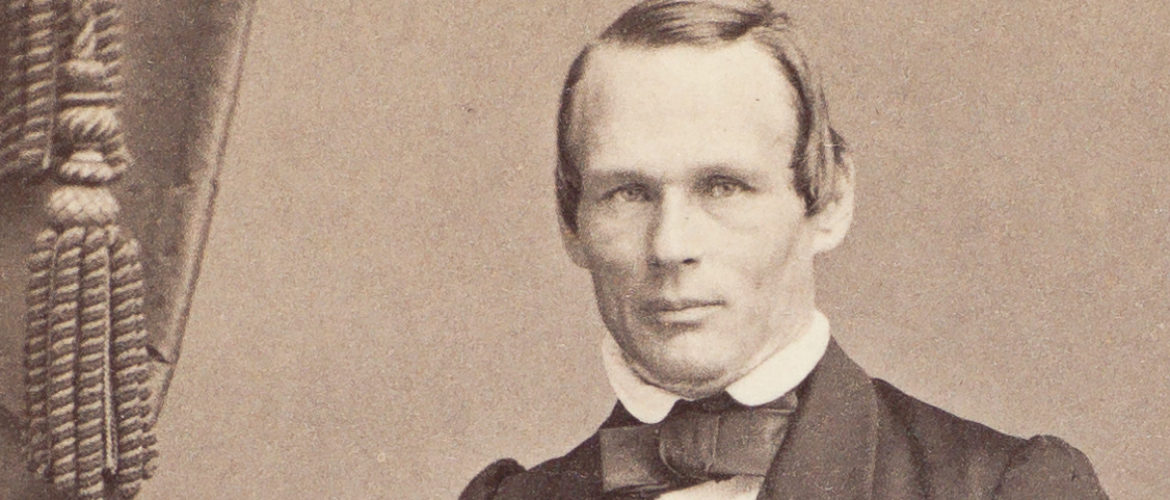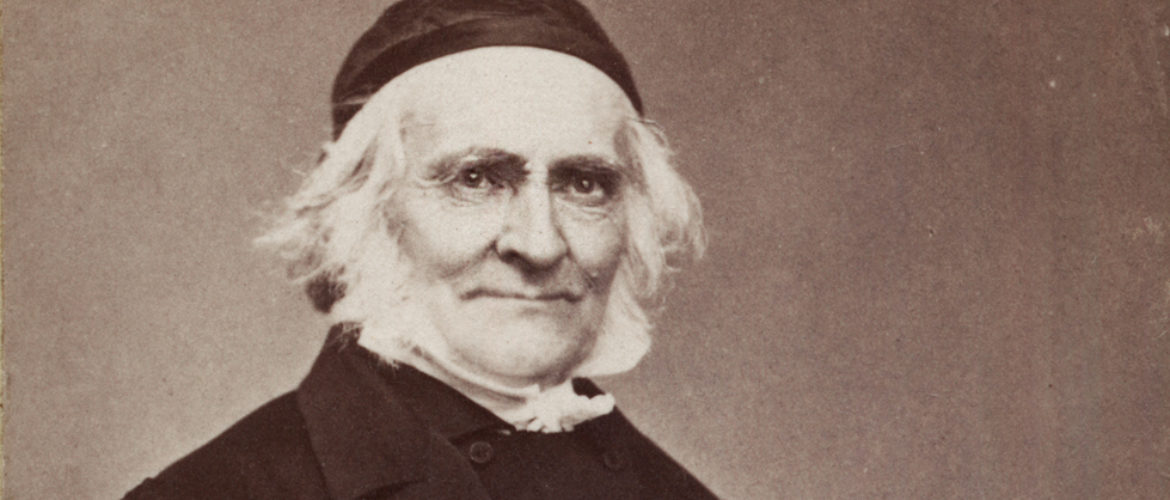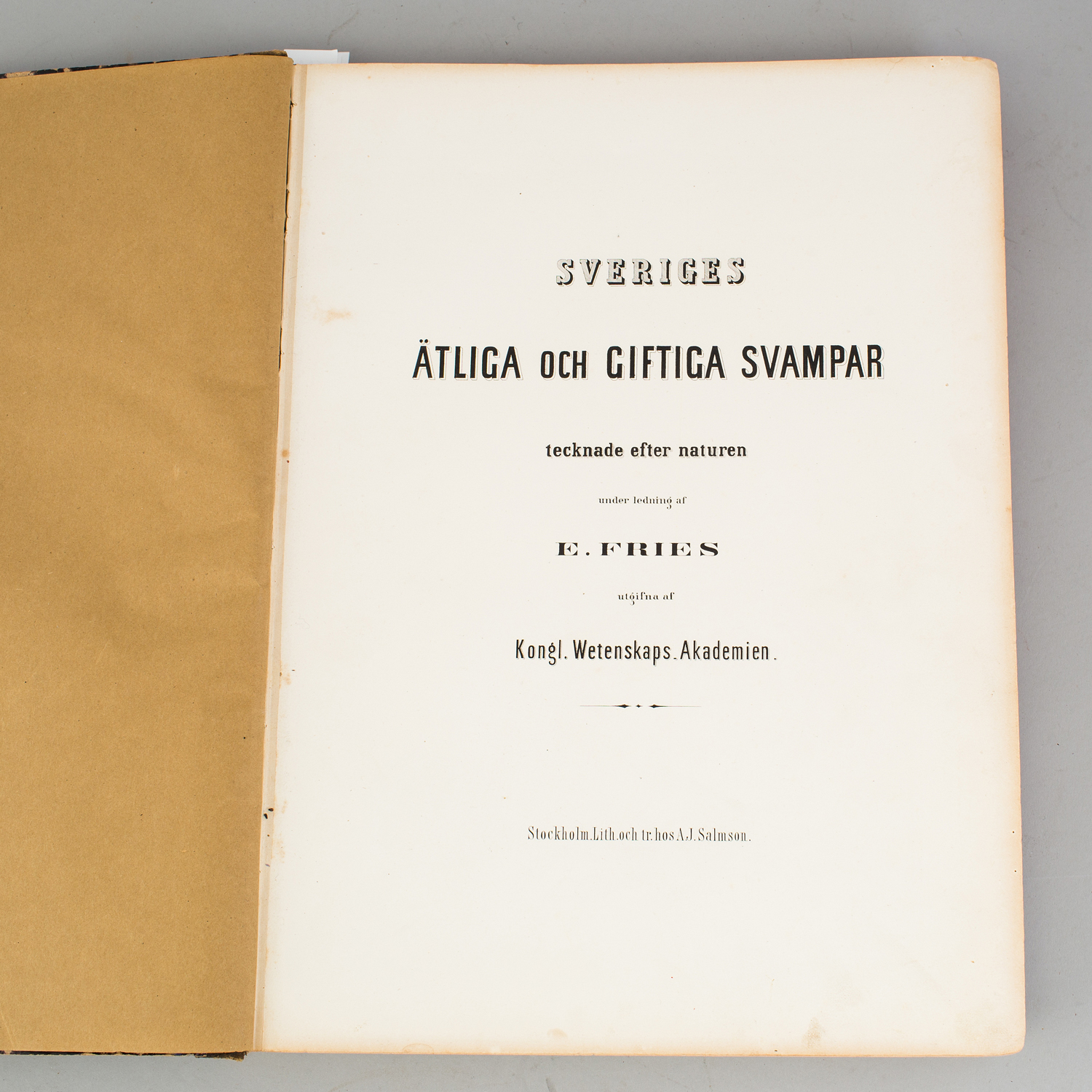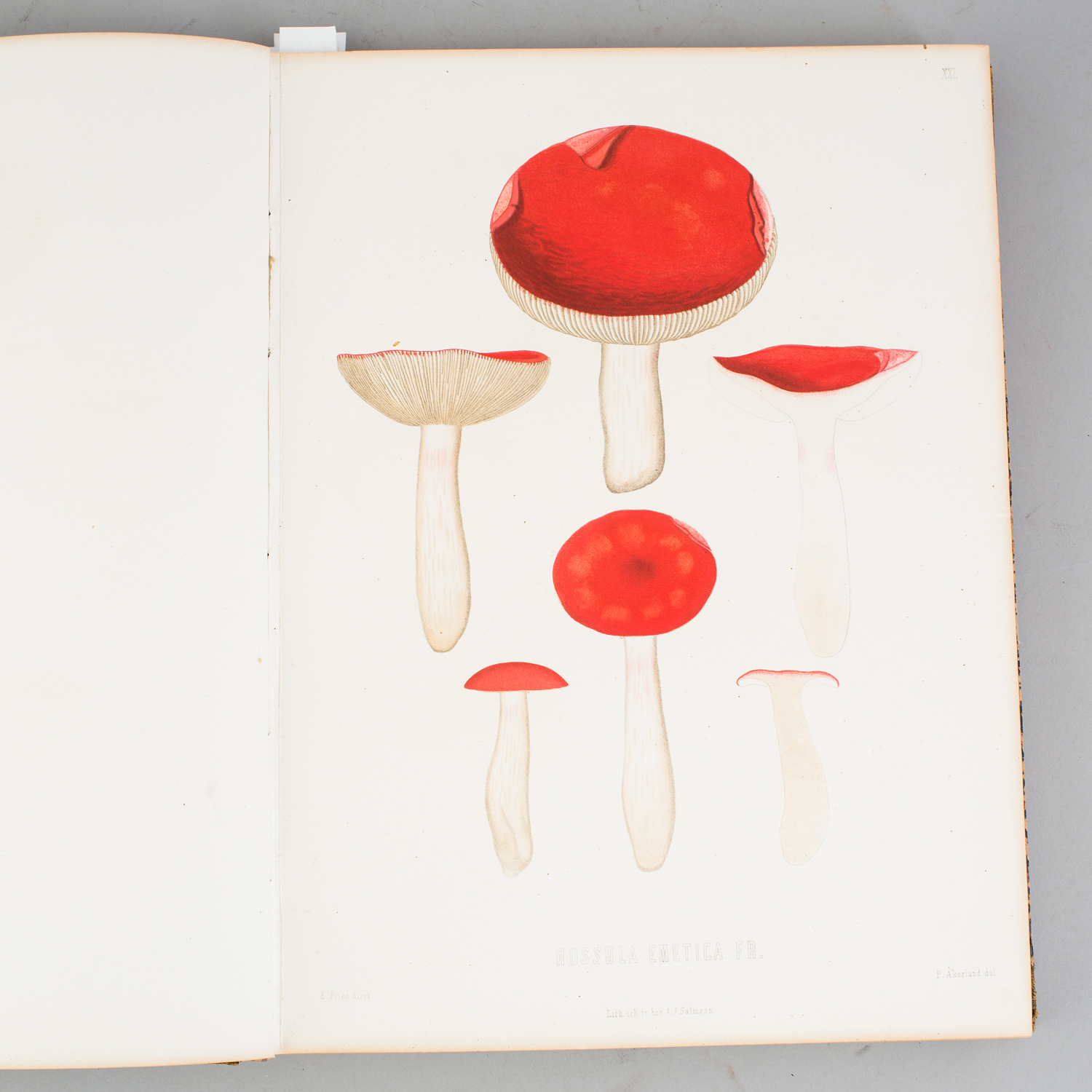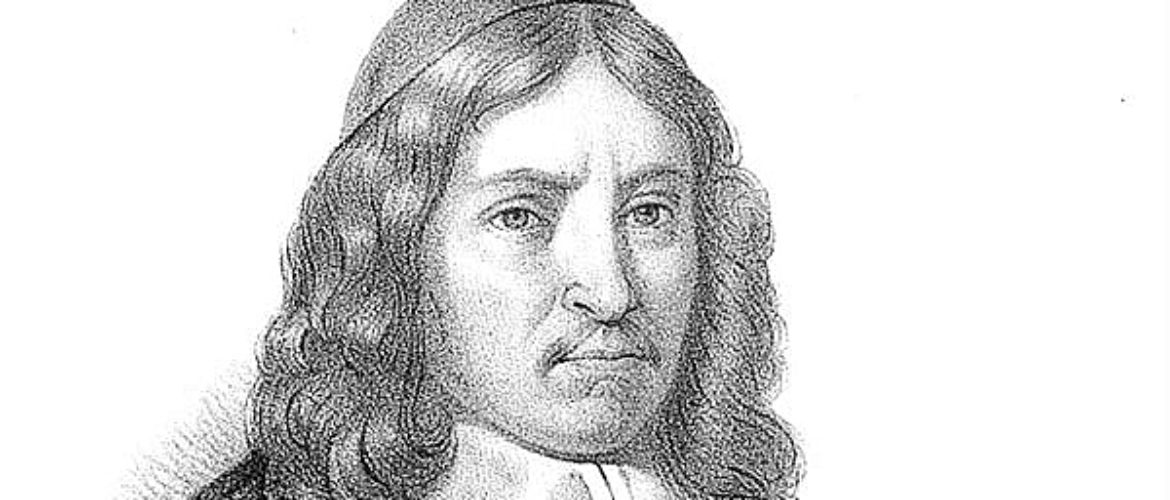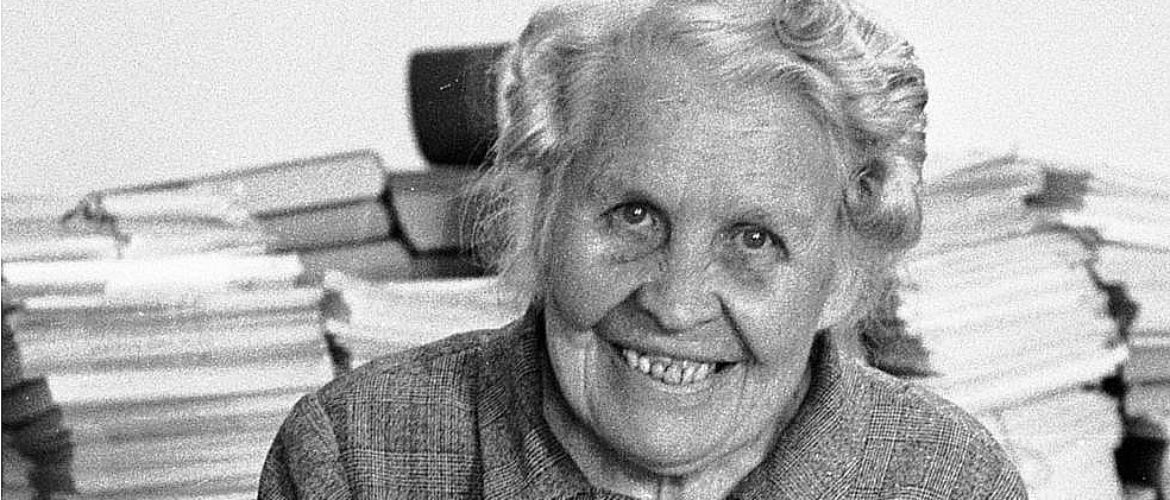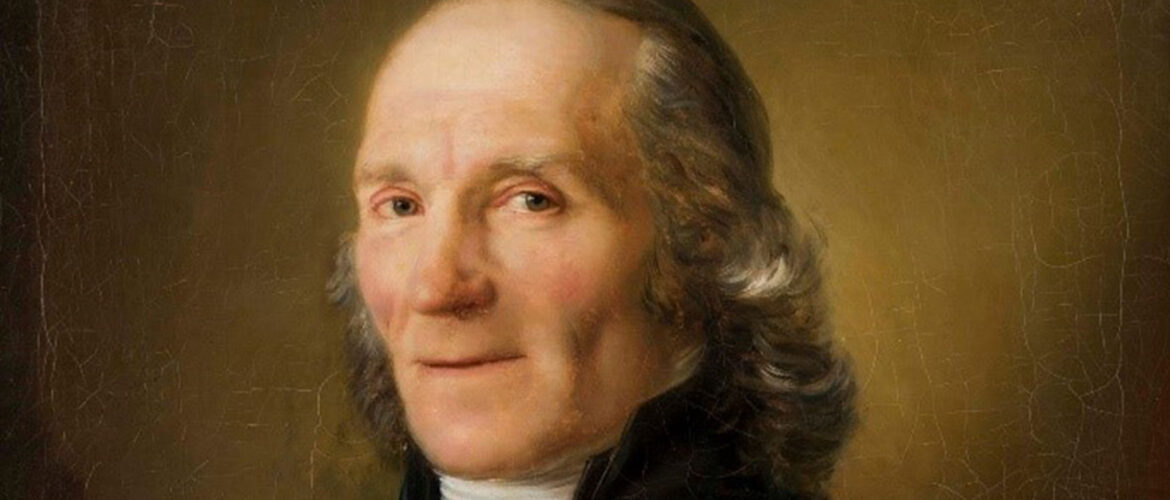1814-1874.
Physicist.
Anders Jonas Ångström is best known as one of the founders of optical spectroscopy.
Ångström was the first to observe the spectrum of hydrogen, an observation that formed the basis of Balmer's formula and thus provided the experimental foundation for Bohr's atomic theory.
Ångström studied the solar spectrum in detail, in particular the Fraunhofer lines. His study Recherches sur le spectre solaire (1868) contained a precise determination of the wavelengths of the Fraunhofer lines. In addition, Ångström made regular observations at several locations in order to obtain a complete picture of magnetic conditions in Sweden.
Ångström was also the first to investigate the aurora borealis spectrometrically. The unit of light wavelength he introduced, corresponding to 0.1 nanometers, was adopted as the international unit and named ångström.
Anders Ångström was professor of physics from 1858 to 1874 and was elected to the Swedish Academy of Sciences in 1850.
In 1996, the Ångström Laboratory was inaugurated on Polacksbacken, where a number of scientific disciplines related to physics and chemistry have their research centers.
Burial site: 0113-0666
Image description: Professor A.J. Ångström, 1862 Photo: Mathias Hansen / UUB [The image is cropped]
Click here for an uncropped image

